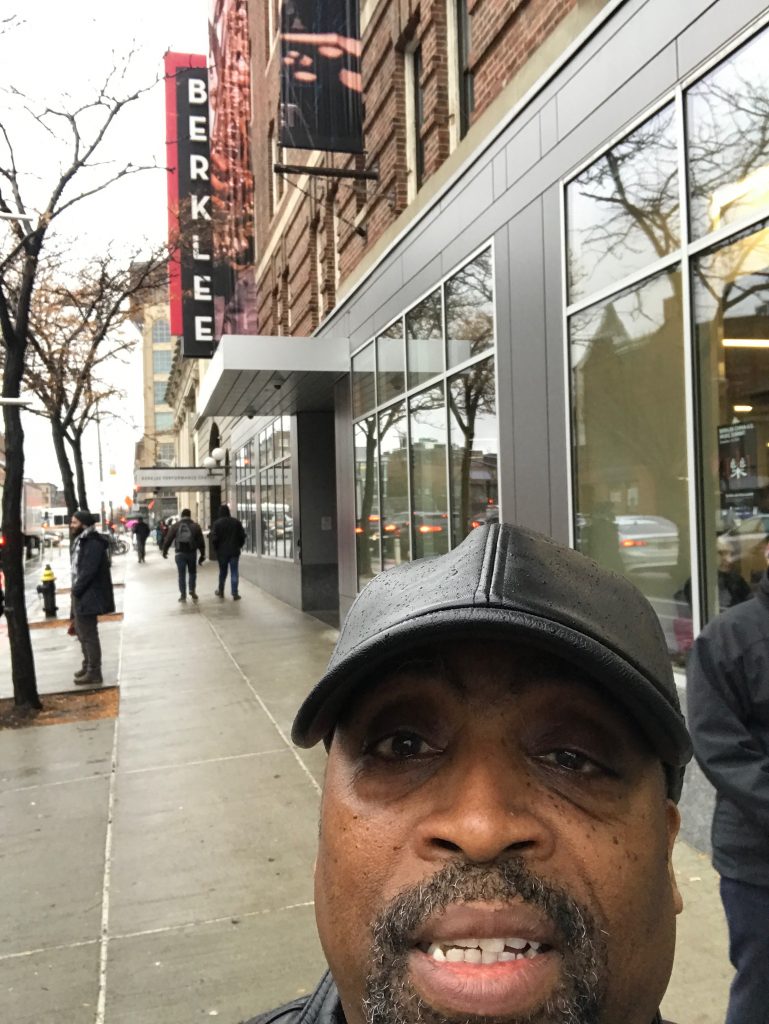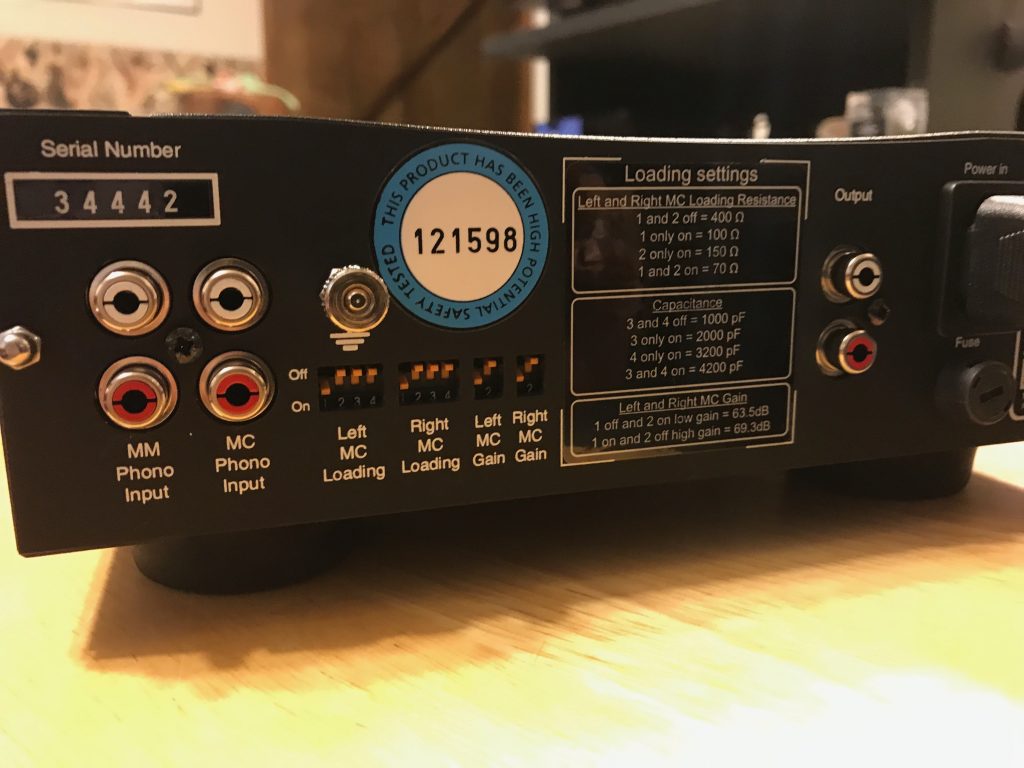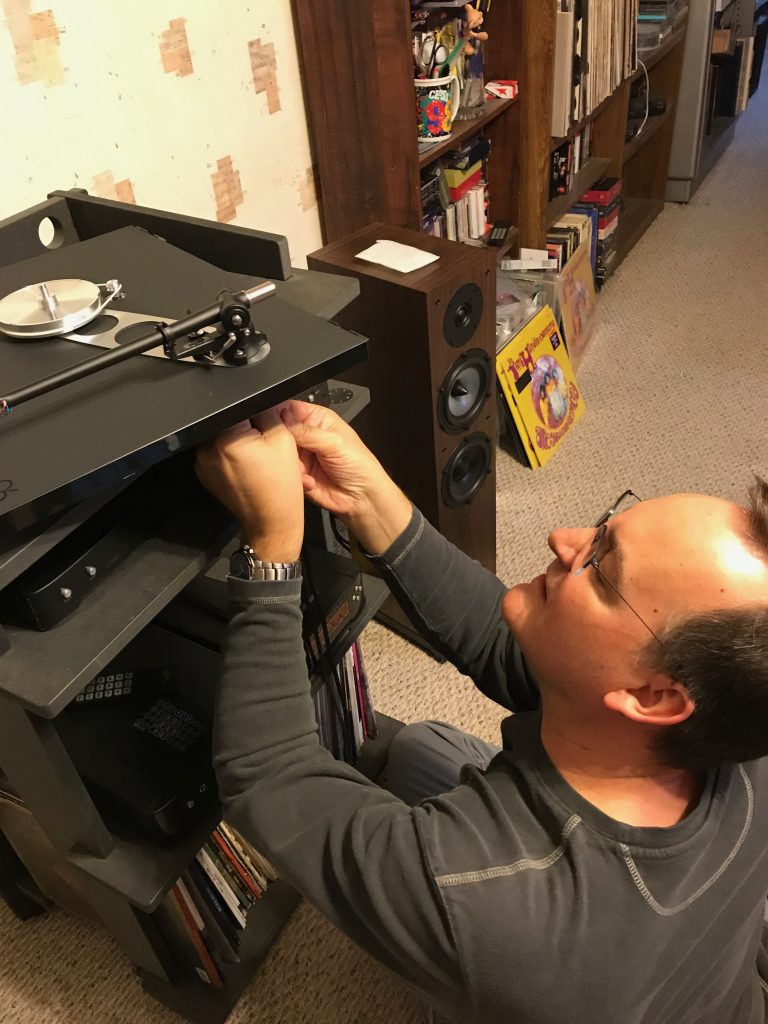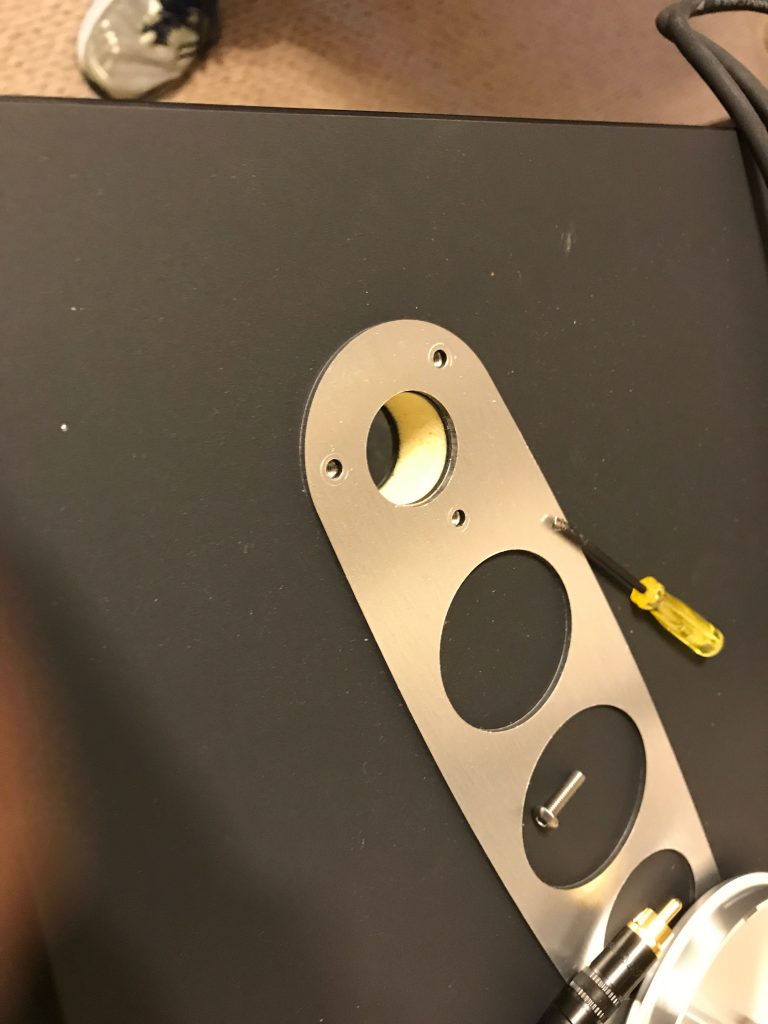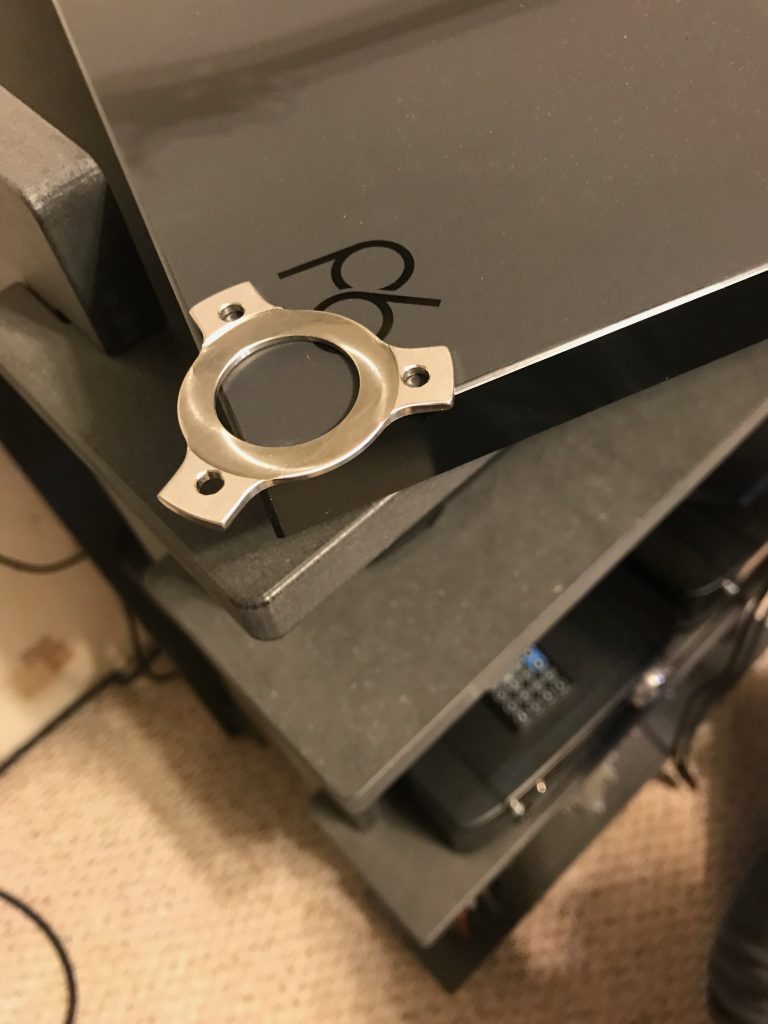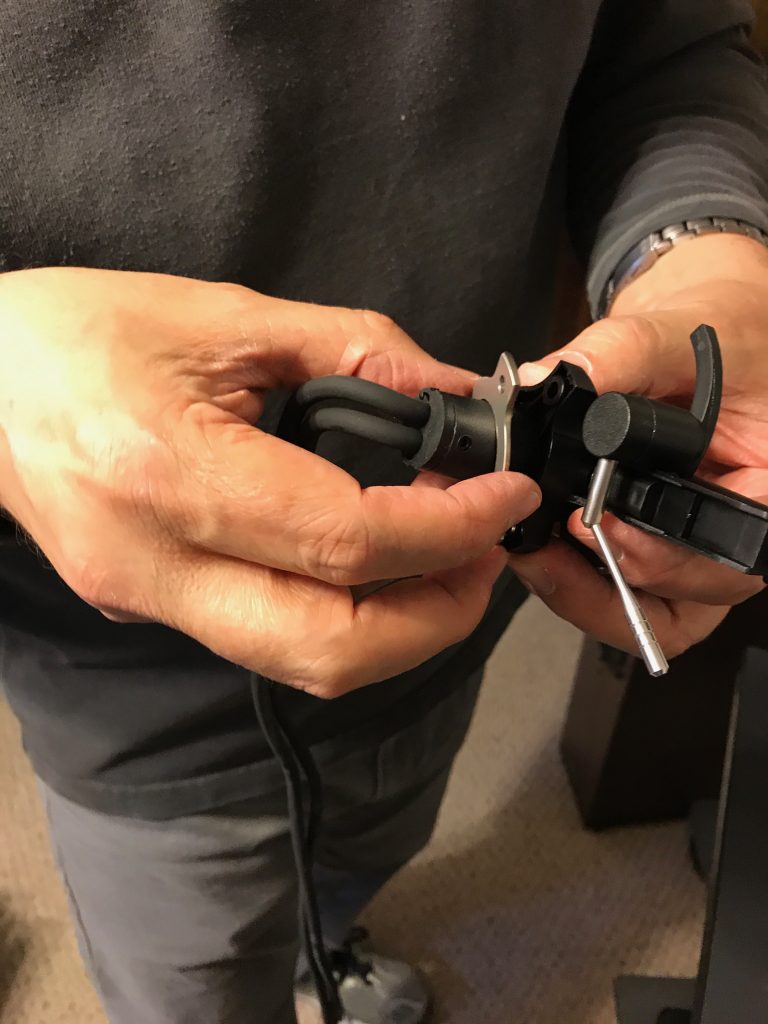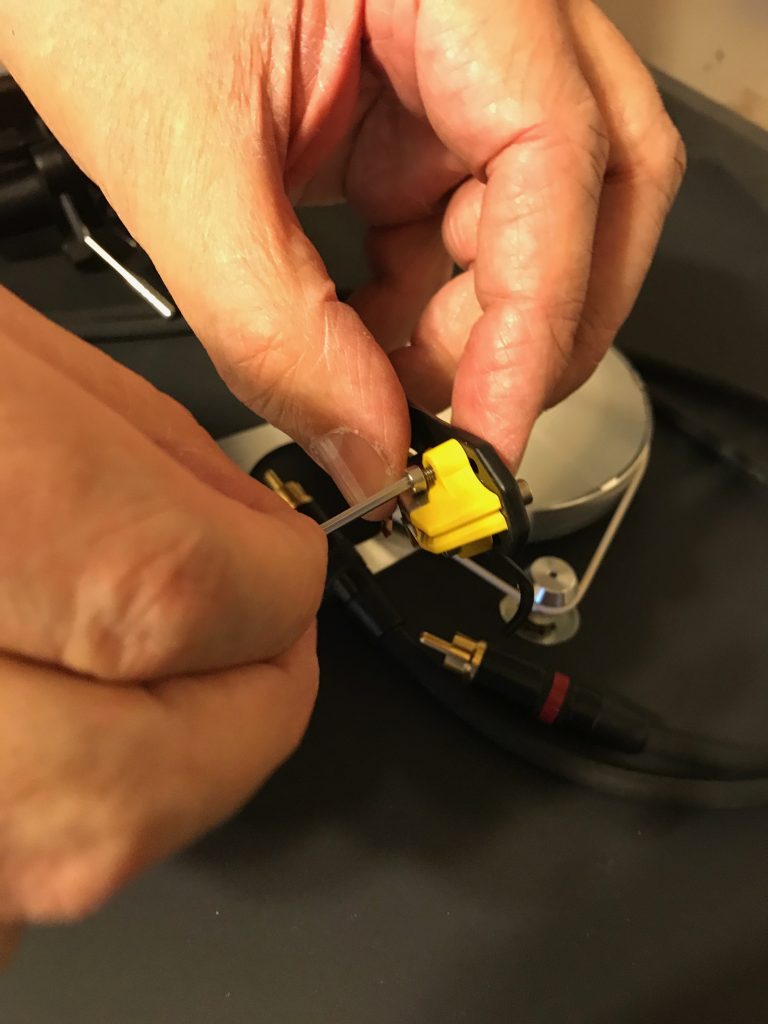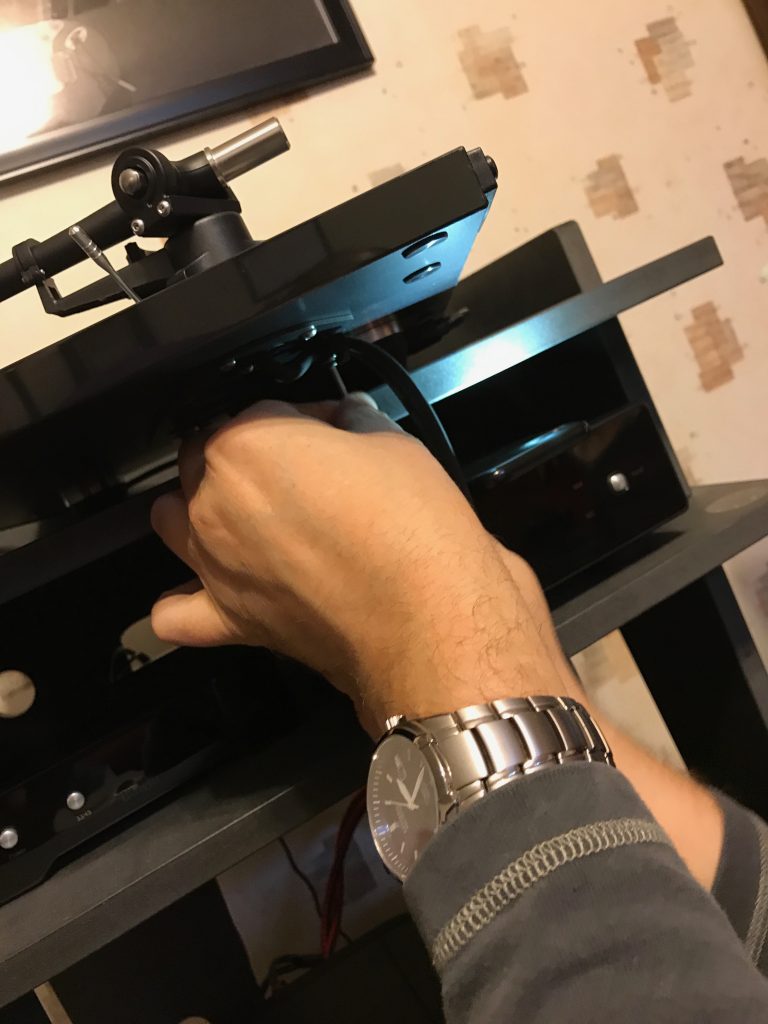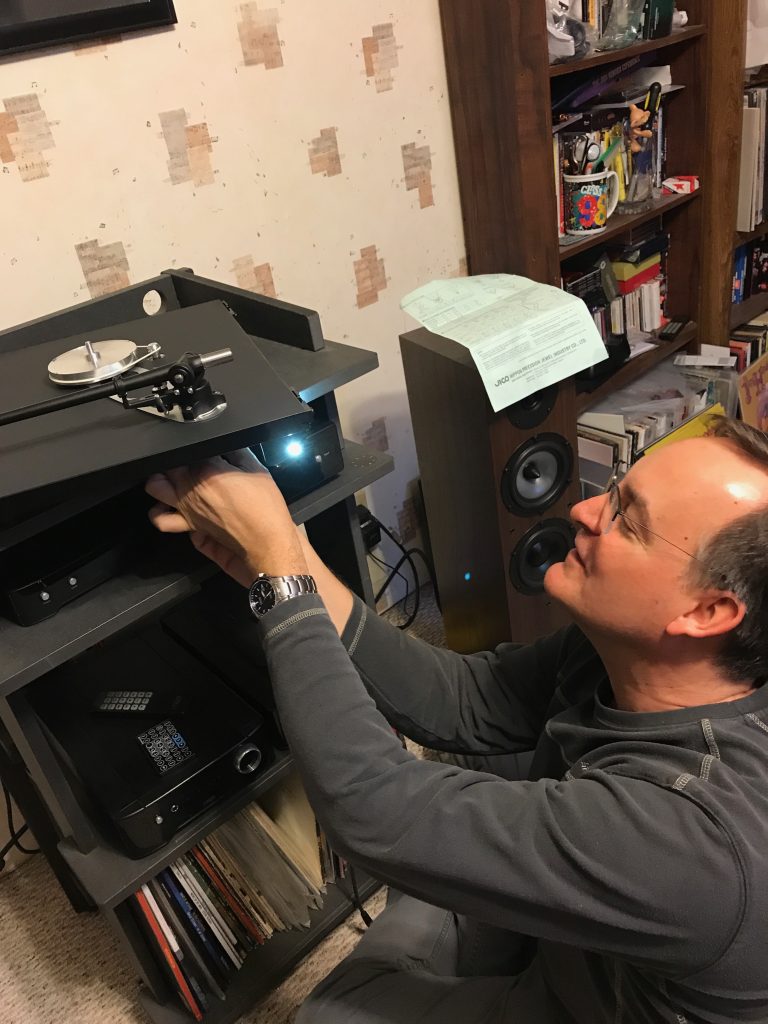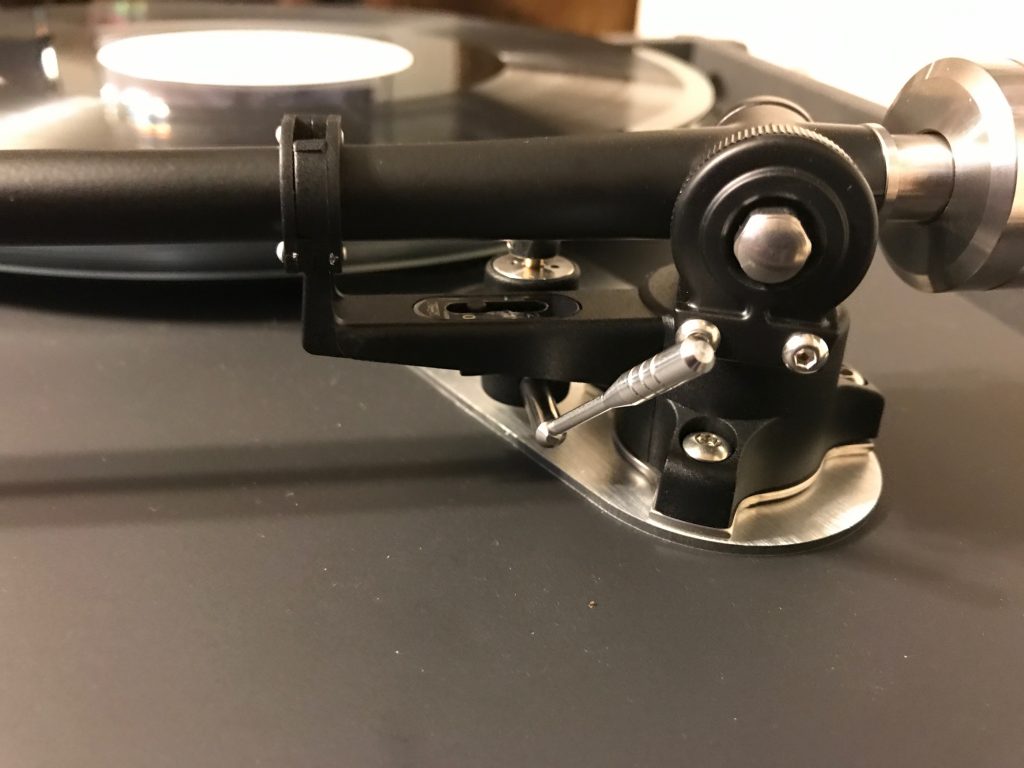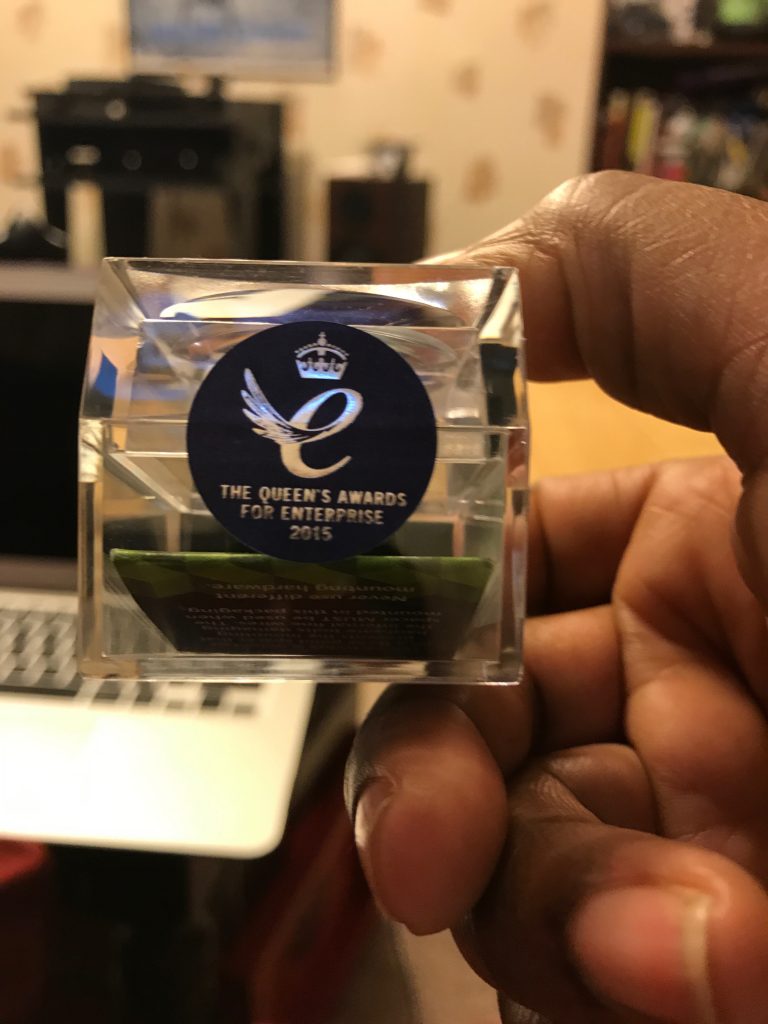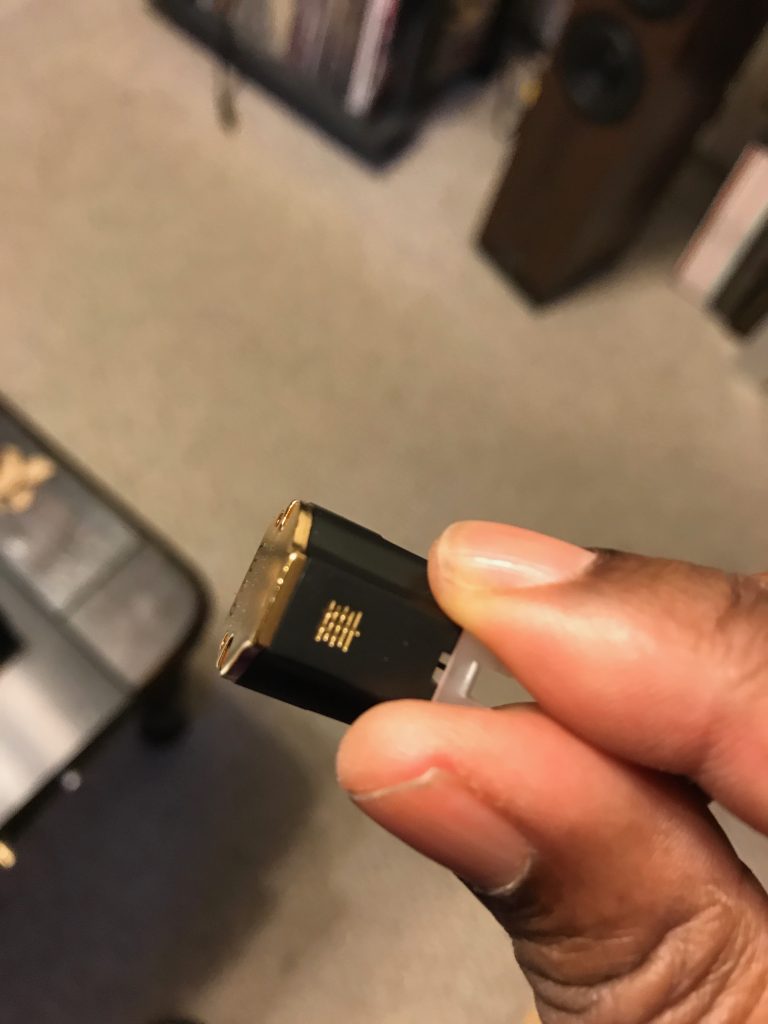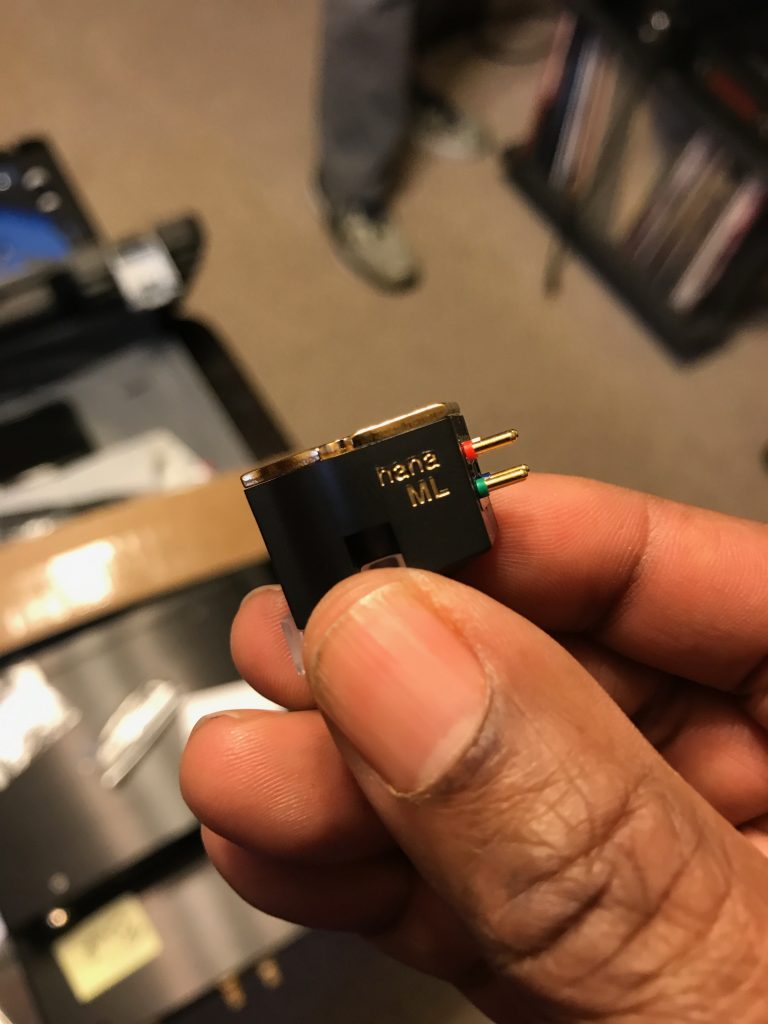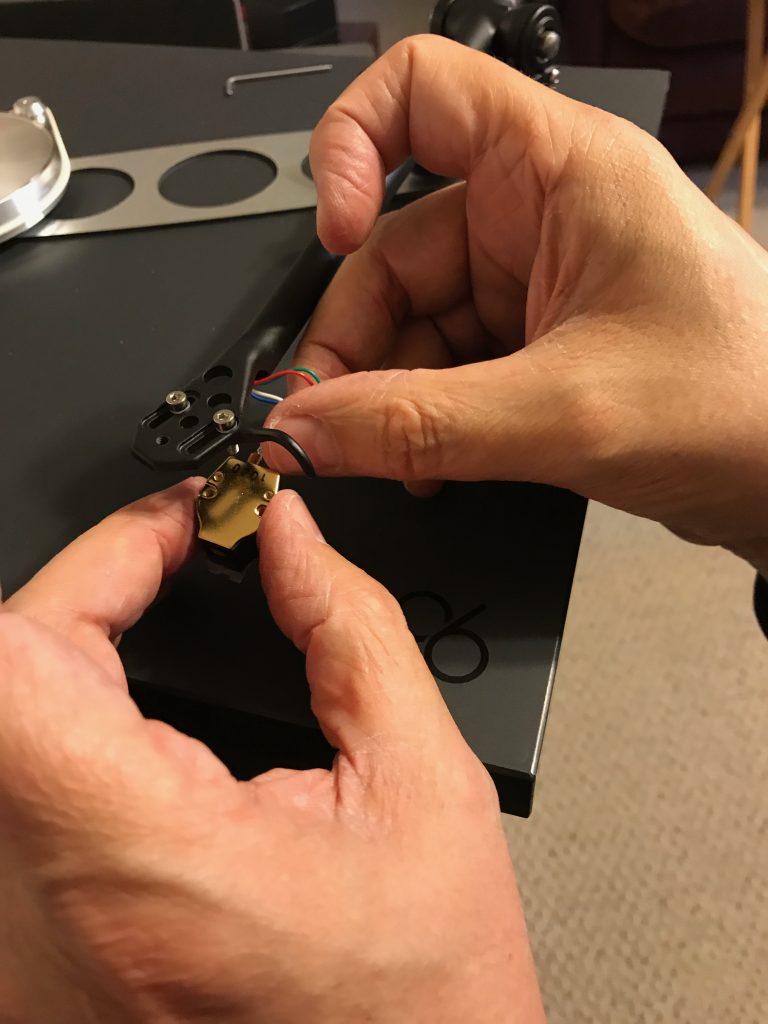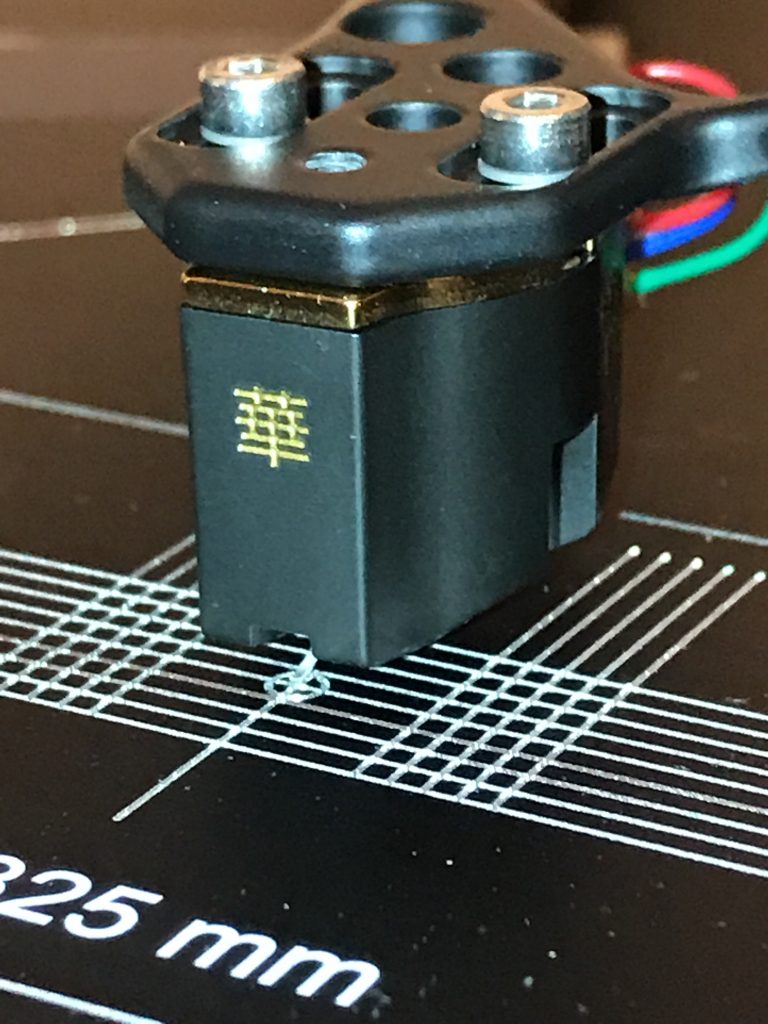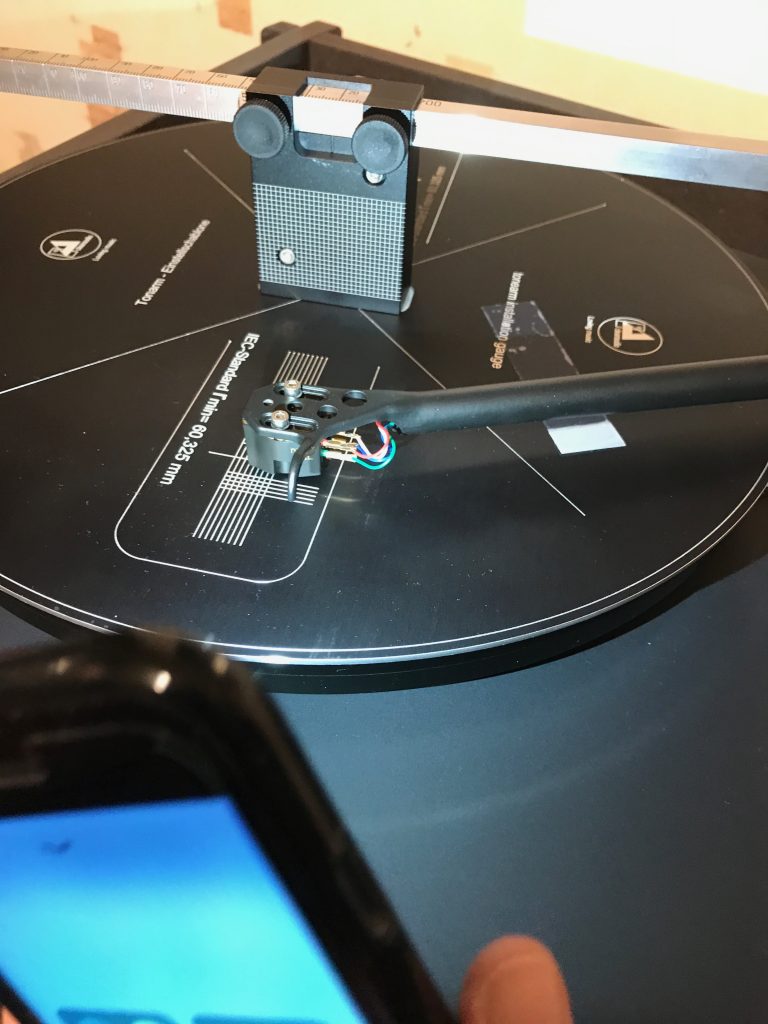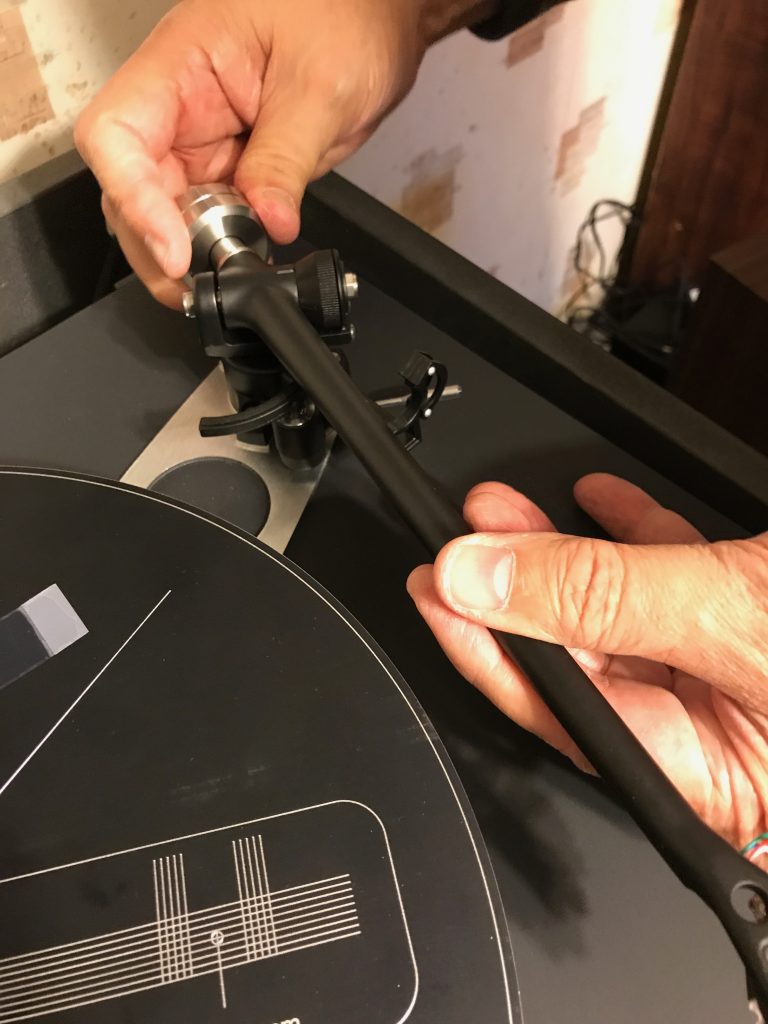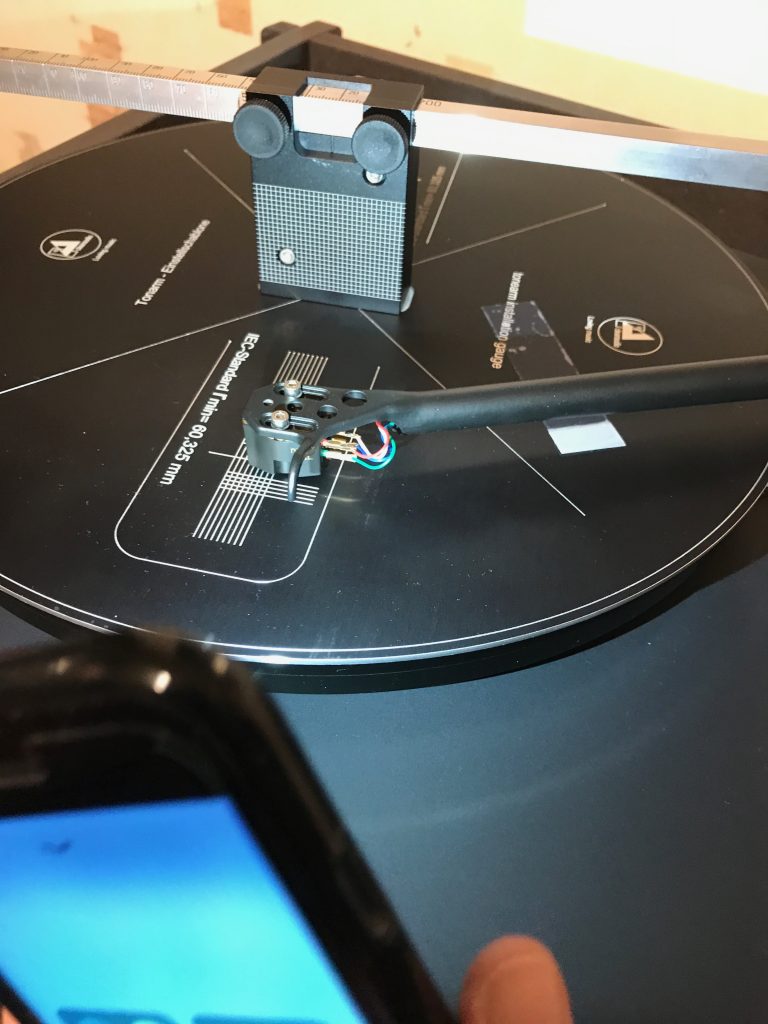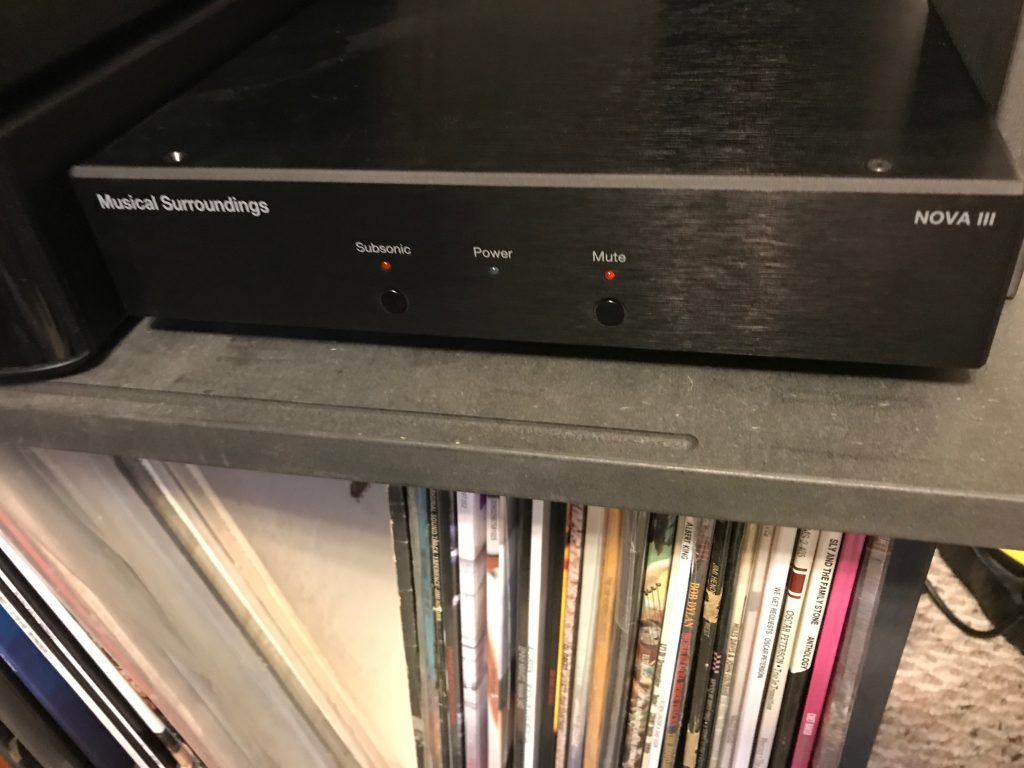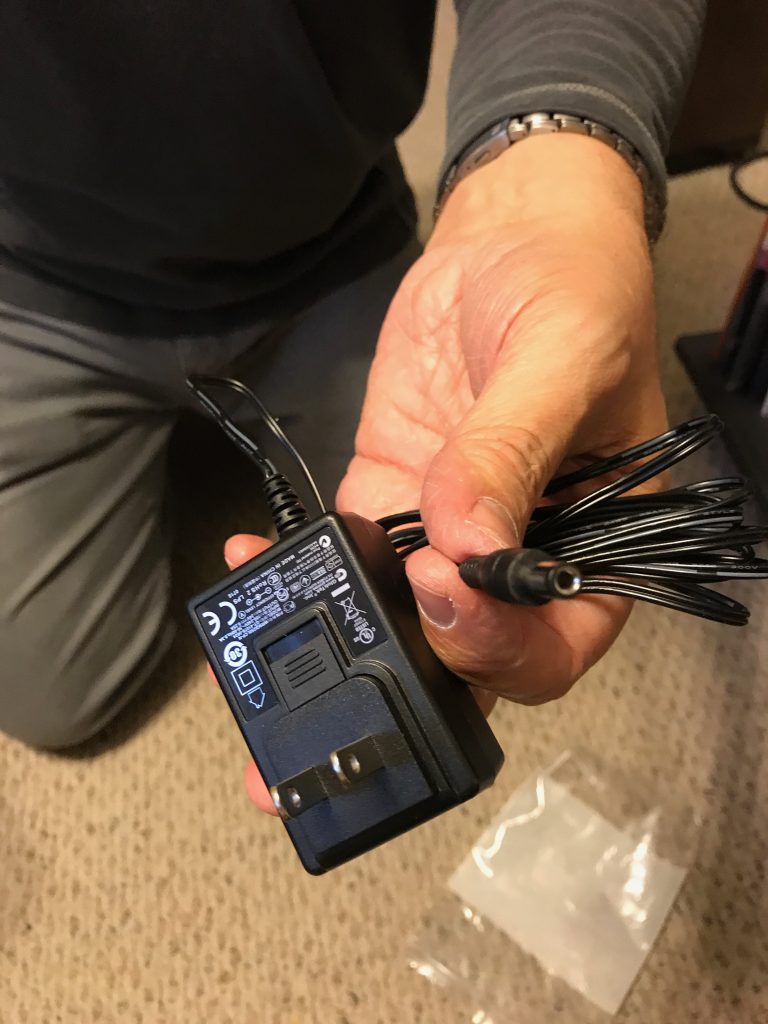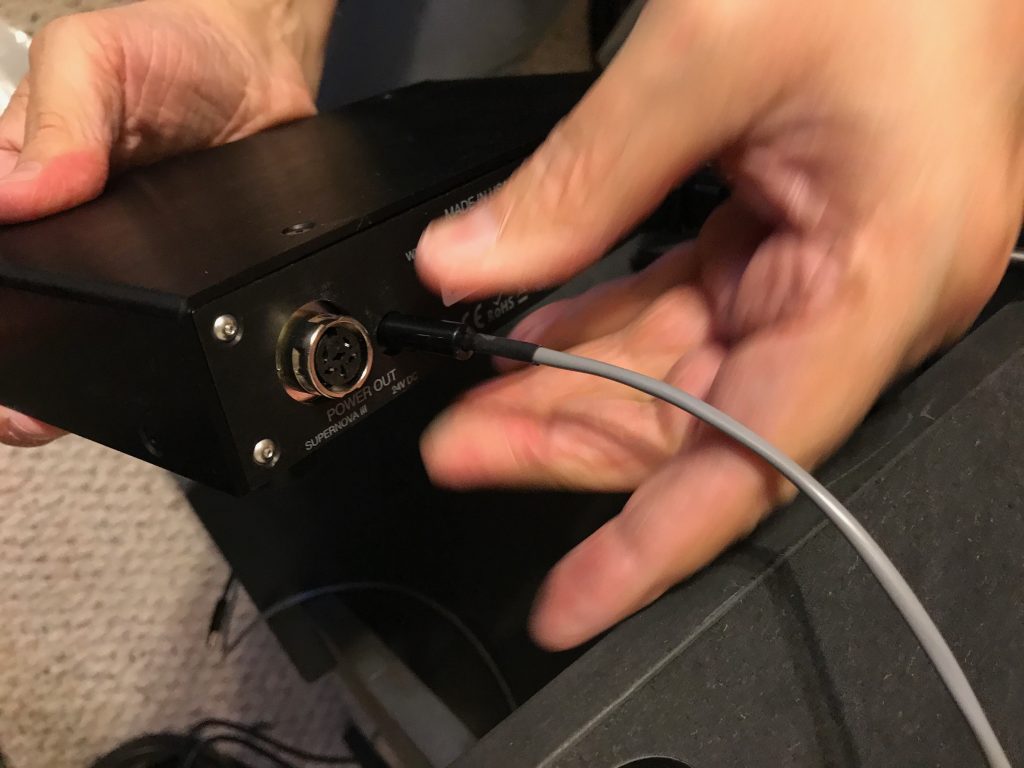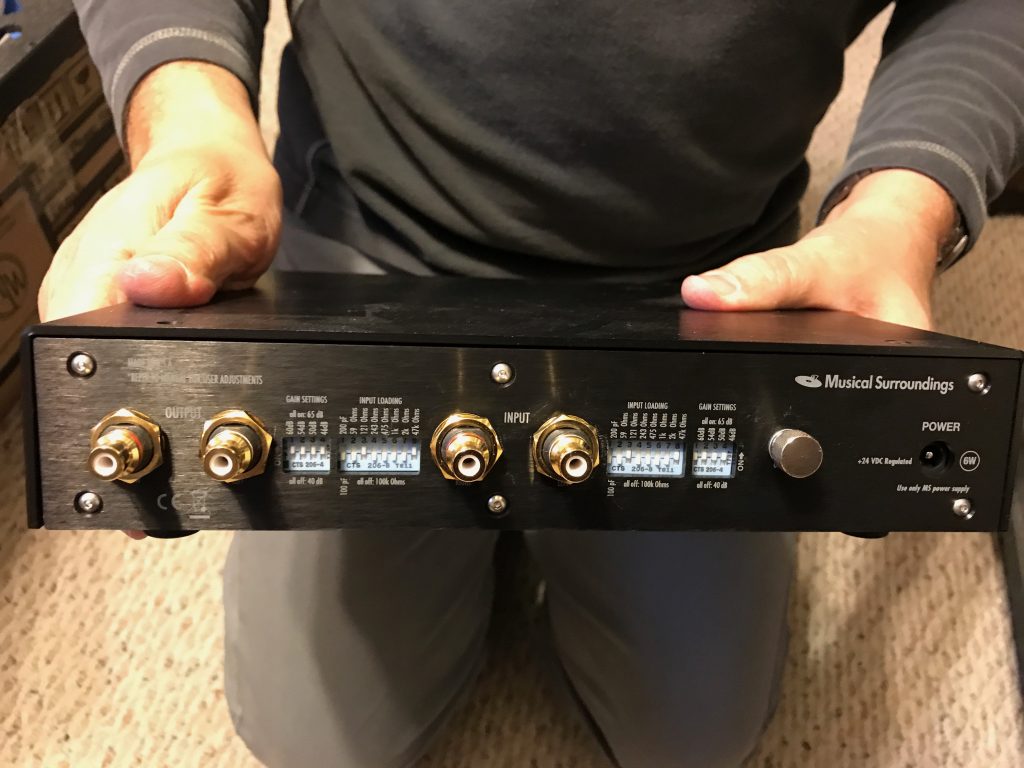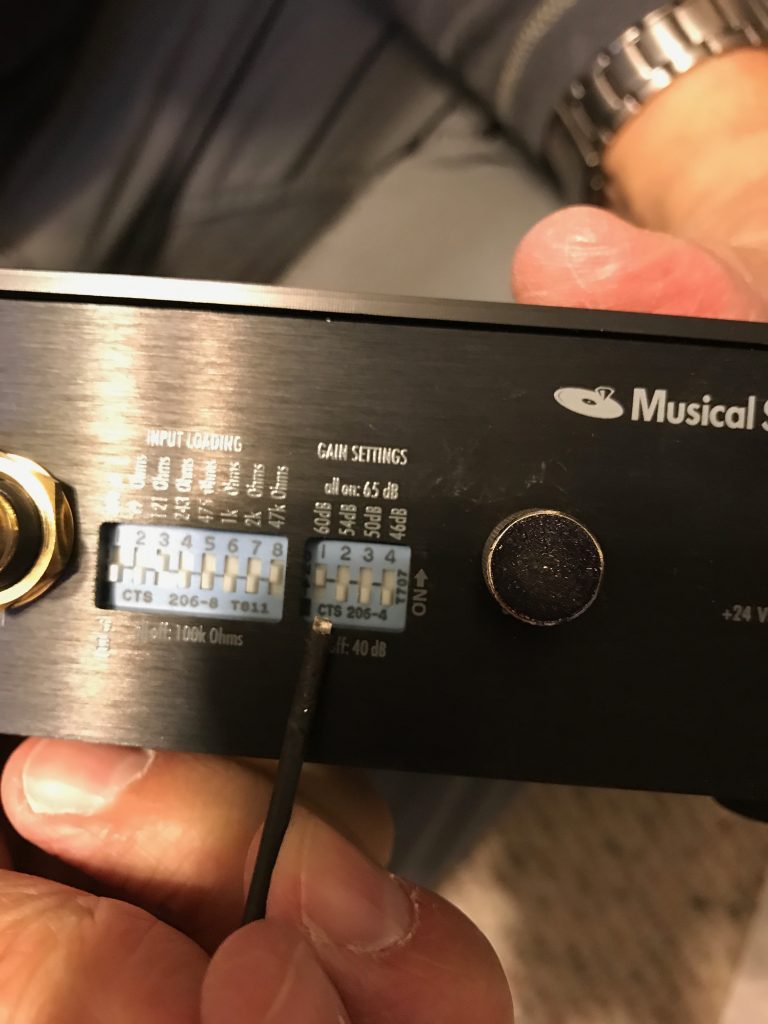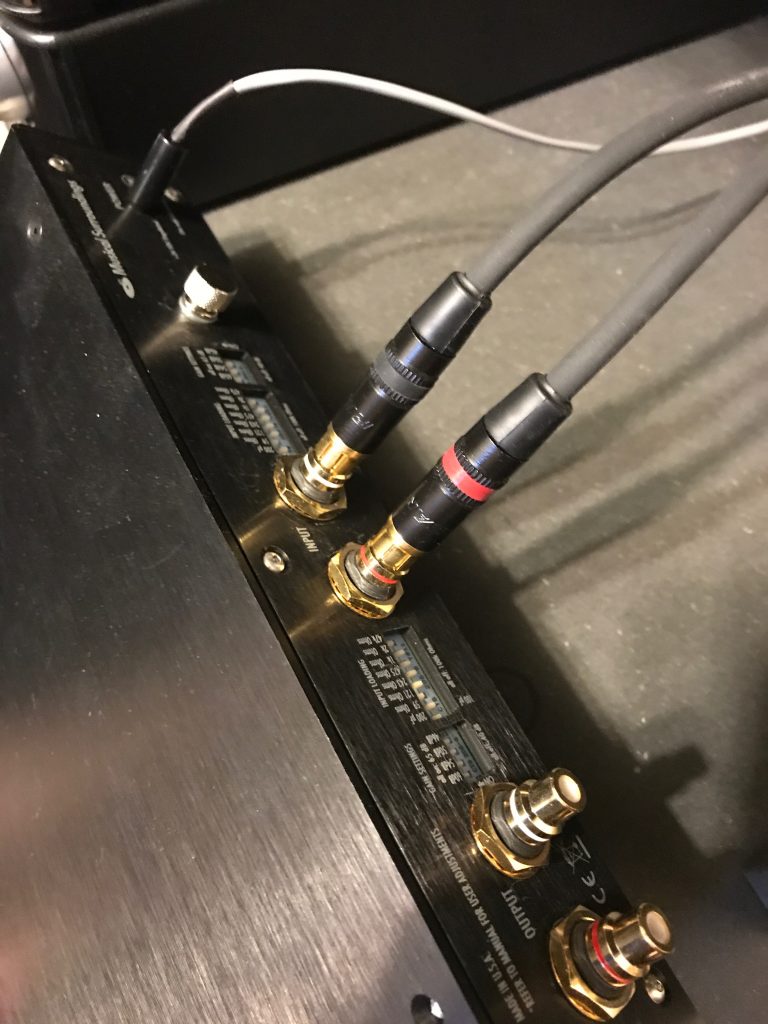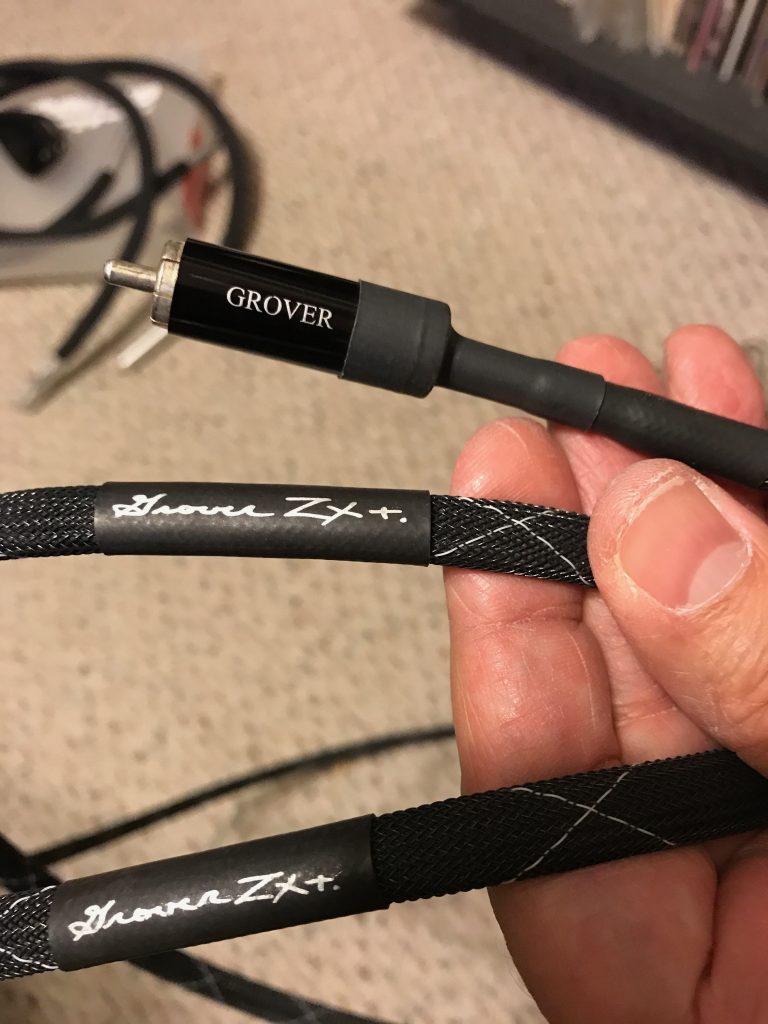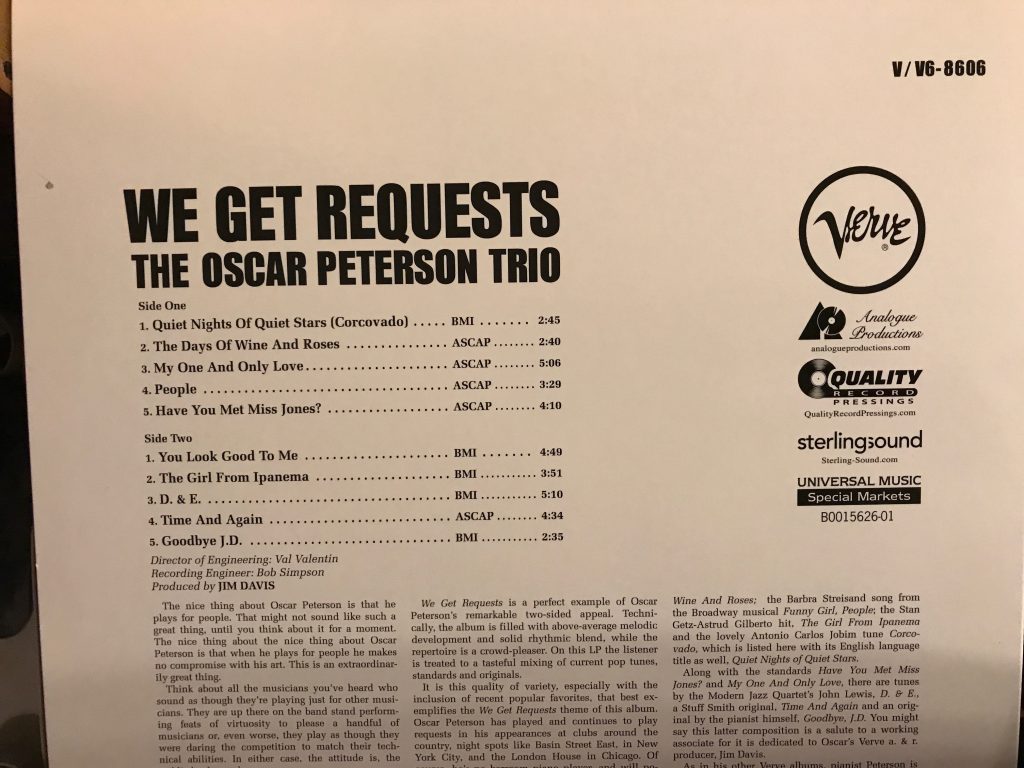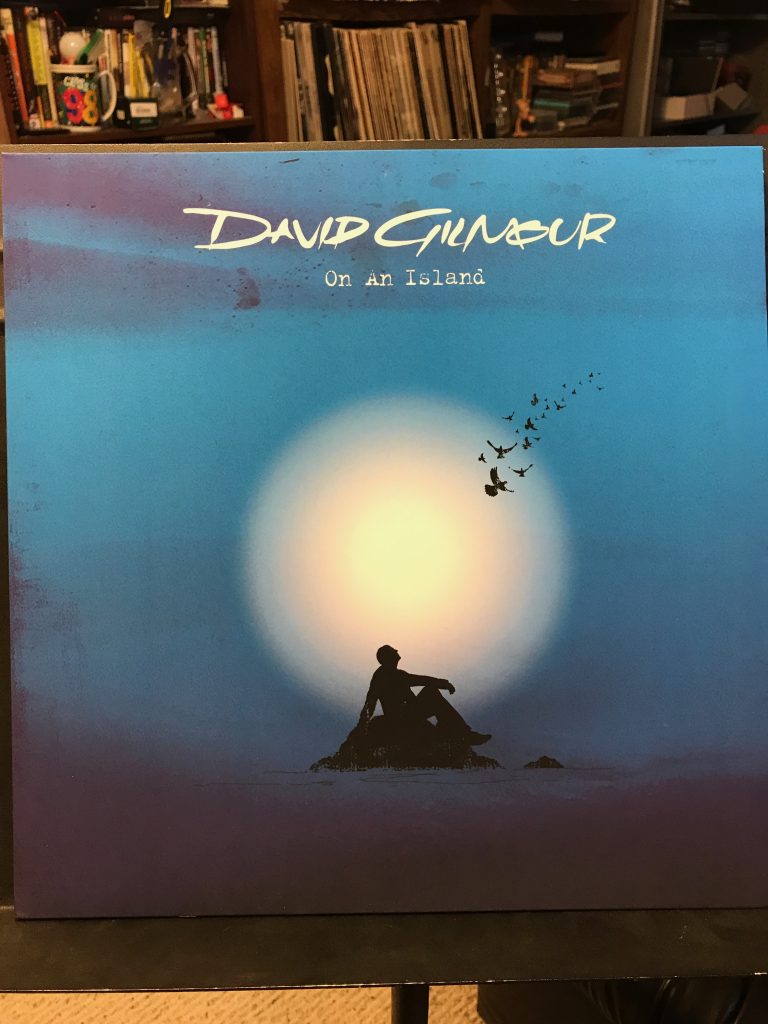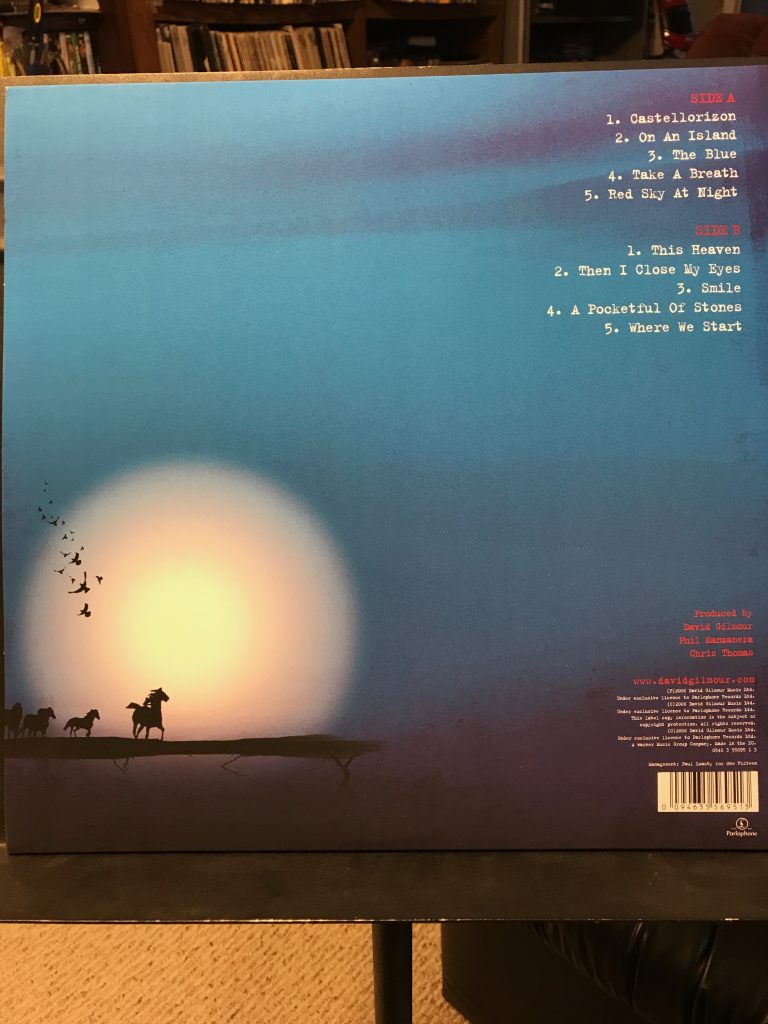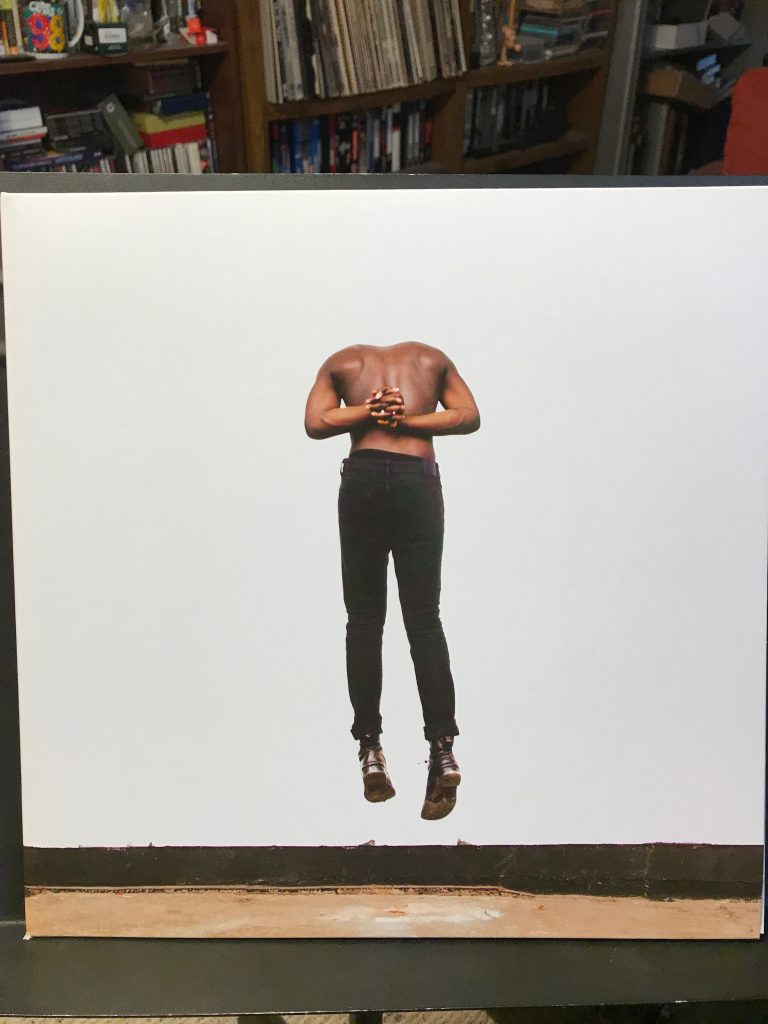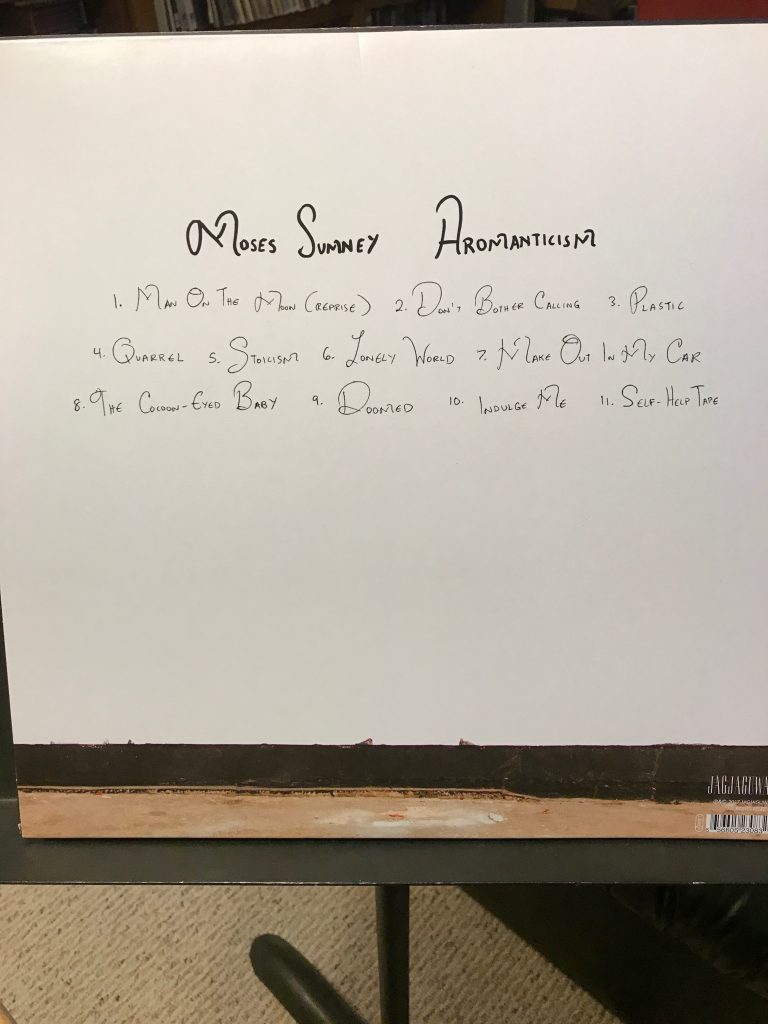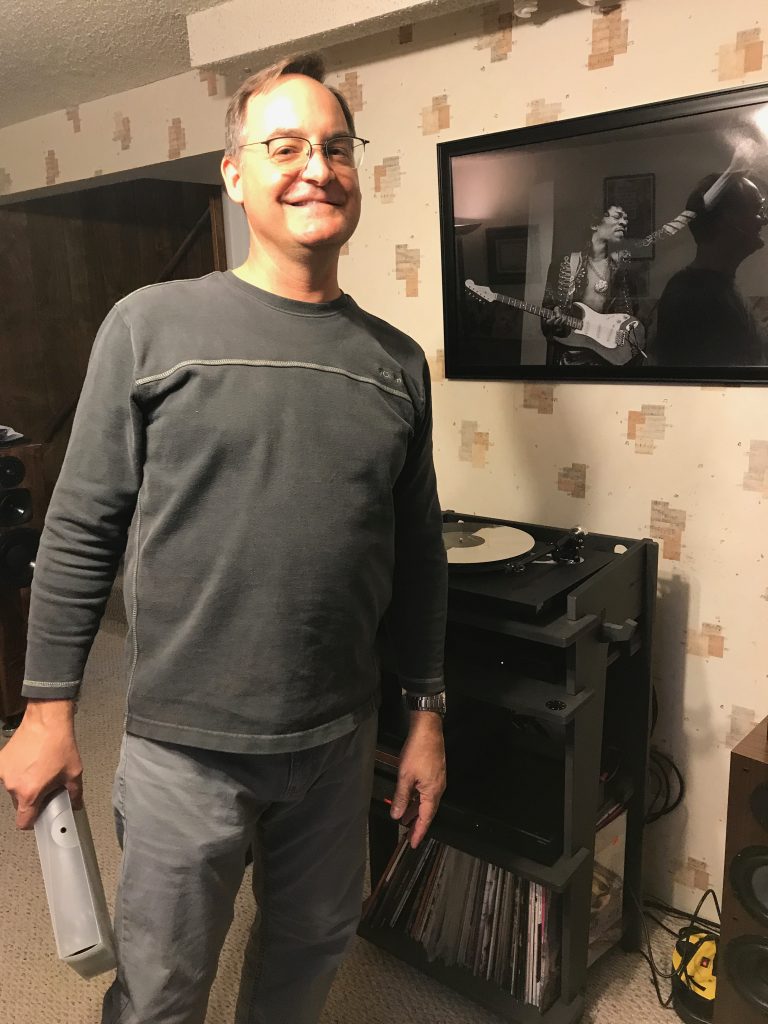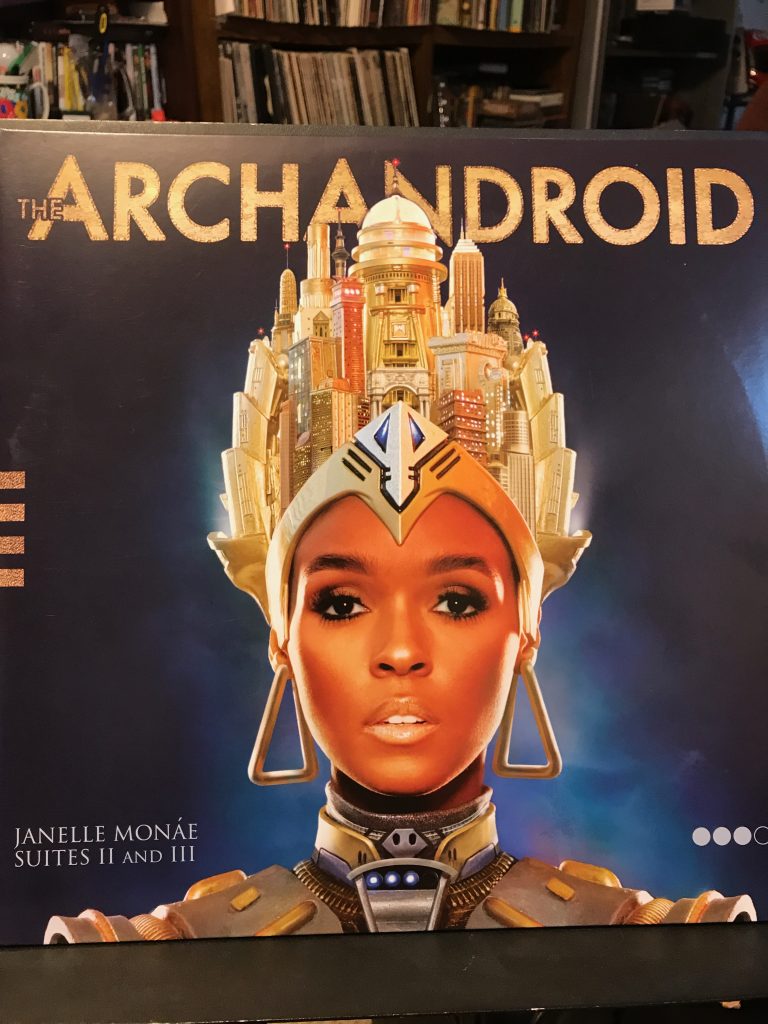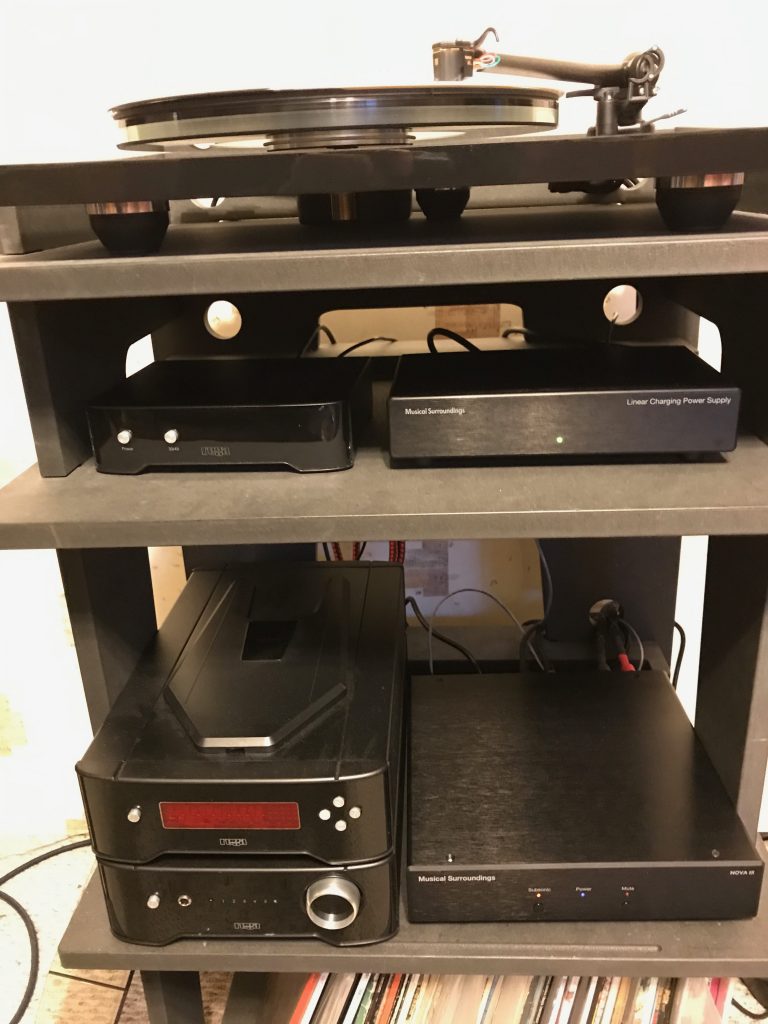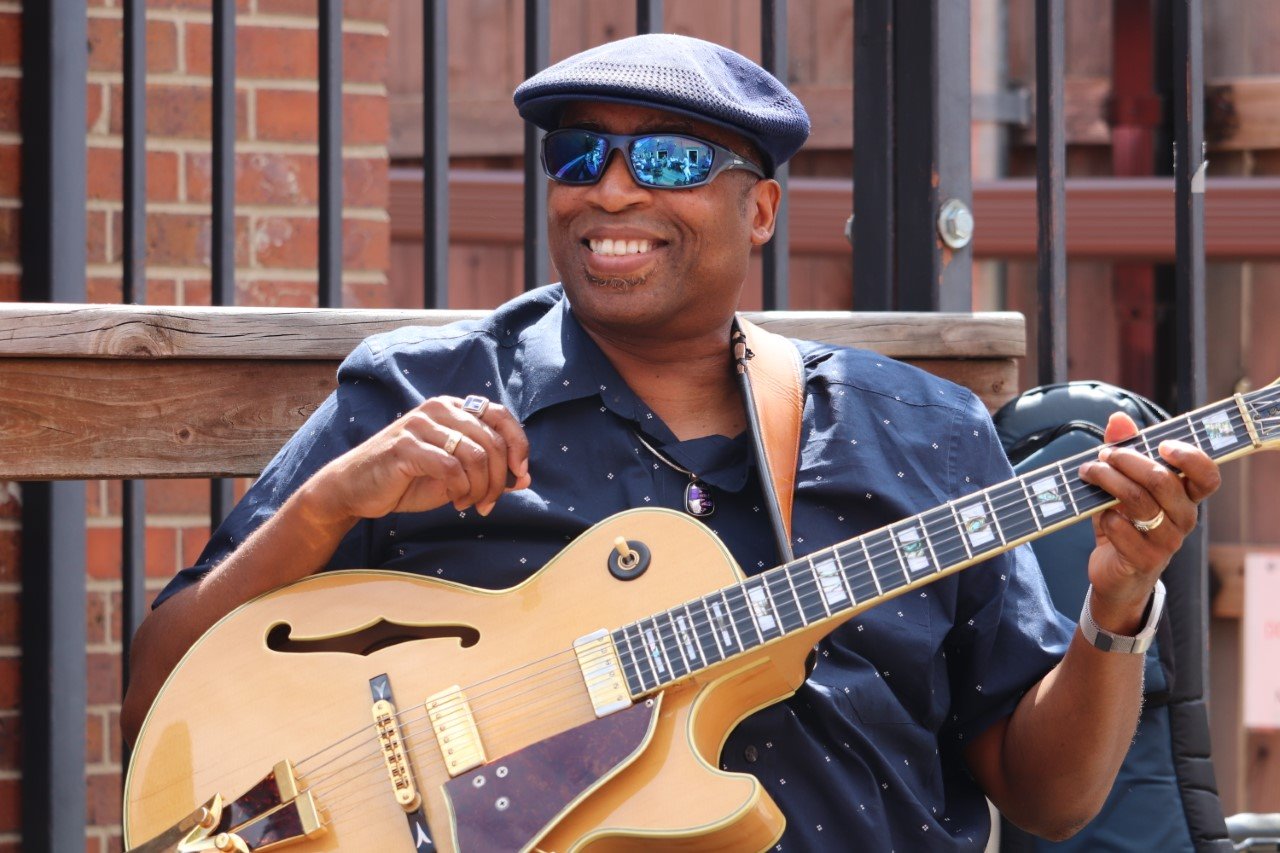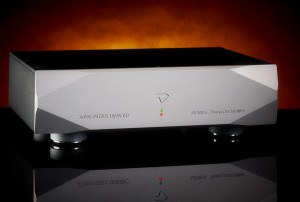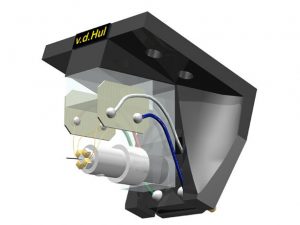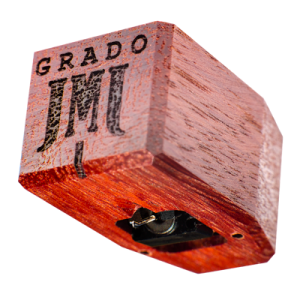Hey Positive People!
The last time we spoke, I was in the midst of bouncing between two rigs set up in my basement—one using several on-loan items: the Modwright PH150 with the surrounding components that completed it (PS150 power supply; VPI Prime Scout; LTA Ultralinear amplifier and Microzotl amp; Daedalus Audio Athena v.2 loudspeakers; and a complete set of WyWires cables/interconnects), and the other stereo setup was my own personal Rega rig, which includes the Planar 6 turntable with Neo Power Supply Unit; Rega Exacta 2 MM cartridge; Rega Brio integrated amplifier, Rega Apollo CD player; and Spendor D4 speakers (you can read all about it in the earlier January article HERE). Now, before we get to rockin'-n-rollin' on my next adventure in this issue, a bit of background material on what led me to what I'm about to share with you.
Inspired by Herbert Reichert's great article in Stereophile magazine called "Gramophone Dreams #24: Hana & Musical Surroundings" (published on Oct 4, 2018), I was motivated to get the Phenomena II+ phonostage and its accompanying power supply unit (both made by Musical Surroundings) so that I could pair it with the Hana SL cartridge (the low-output, Shibata stylus model). What spurred me even further was my good buddy Tom Gibb's rendition of his experience with the same combination of equipment—using Hana cartridges being paired with the Musical Surroundings products. ("Wolfsong Audio to the Rescue!" published on September 25, 2018, Issue 99 of our very own PF magazine, which you can read HERE.)
This, in turn, led me to ask my local audio guru Nate Lennox, just down the road from me in Salina, Kansas, to come out to the house and see what he could do to help out. When he arrived, he did two things: after explaining to me that trying to put a Hana SL cartridge on the Rega rig would be a bit more involved than I thought (What?!—you mean you just can't stick one on there?) First he swapped out the Ortofon 2M Black cartridge that came with the VPI turntable and installed the mono SL on the VPI/Modwright/LTA rig. After listening to some quite pleasant platter chatter (i.e., the cartridge response to the rig was excellent!), Nate shifted his attention to the Rega rig, whereby we attempted to setup the Phenomena II+/LCPS combo for my Planar 6 turntable. Our results were less than expected, and, in short order, we learned what our mistake was—we'd unwittingly tried to combine specifically-recommended MC loading and gain dip switch settings from the Phenomena on a Rega Exacta2 MM cartridge. Needless to say, this was not good.
After immediately consulting with Nate's audio guru, Chad Stelly, we realized we'd mistakenly knocked our own selves out by mismatching the components. And so we regrouped and laid plans for Round 2. Which leads us to the conclusion of my last article, where I peered into future of exploring the sonic capabilities using Rega's higher-grade Ania MC cartridge. I went further when I realized that instead of using two separate rigs to have mono and stereo setups, I could get the Rega Aria MM/MC Preamp, which has totally independent MC and MM stages, and the ability to run a separate turntable through the back of the unit.
So Stelly arrived on a Saturday in early January and got right to work. He immediately addresses the initial problem—let's call it "roadblock #1"—that I encountered when I thought I'd causally place a Hana cartridge on my Rega RB330 tonearm. Since it was my first attempt at going above and beyond the Exacta 2, I wasn't aware of the extra step one needed to take in order to make the proper adjustment on the tonearm unit. (And yes, I was duly impressed with his "I-got-absolutely-everything-you-could-possibly-need-in-here" toolbox!)
He began by going beneath the turntable and dismantling the tonearm cable relief from the plinth.
It left the "three-points" exposed that can be easily seen from the top of the plinth.
Stelly also brought a 2-mm. stainless steel shim (also referred to as either "spacer" or "riser"), made by and built especially for Rega's 3-Point tonearms (the spacer costs only about forty bucks—not bad for what it allows you to do!). This thin metal plate raises the back of the arm because the Hana cartridges are all taller than Rega cartridges. This adjustment, then, is done primarily to preserve proper VTA/SRA.
He lined up the three holes with the base of the arm.
But before he re-attached the arm, we decided this was a good time to remove the Exacta 2.
He loosened the three screws that held the cartridge in place on the headshell, detached the wires and removed the yellow unit.
At the end of the last article, I mentioned that I would step up my game and purchase the Rega MC Ania cartridge. This would resolve "Roadblock #2," which was the mismatch between the Phenomena II+ preamp setting and cartridge output of the Exacta moving magnet variety. A coupla months ago I'd already contacted Nate and had him send me the Hana SL to do mono LP reviews on my Rega rig, and when I first realized it wouldn't work on the Rega turntable setup (without the shim), I came up with that alternative plan of swapping out the 2M Black off the VPI turntable and putting my Hana on it, which allowed me to finish the project for last article. Now that that was over, I needed the cartridge back for the original idea that was motivated by Herb Reichert and Tom Gibbs—I wanted that Hana on my Rega table. So now things were looking as if now I would finally have things the way I originally wanted.
I'm now watching carefully as Stelly proceeds to re-attach the tonearm assembly. As he held the shim in place, the three coordinated holes in the plate were lined up with the plinth holes.
He went again beneath the turntable and refastened the tonearm cable relief to the plinth. He then tightened the three screws on top to firmly secure the arm to the plinth. The shim now sat sandwiched between the base of the arm and the aluminum brace, as you can see here.
I then whip out my little glass cube that that held my proud prize—the upgraded Rega Ania cartridge.
But Stelly was already prepared to go me one better—he'd brought along the Hana ML Microline—a higher echelon of the Hana low-output MC cartridges!
And suddenly it's "Oh wow, am I in for a real treat!"
He carefully attached the four colored wires to the Hana ML and used the screws to fasten the Hana cartridge on the headshell.
He made sure that the edges were perfectly flush.
Notice the beautiful golden brass plate affixed to the head of cartridge? I'm told the extra mass makes the cantilever/moving assembly of Hana's cartridges slightly more compliant. "I think it helps 'weight up' the bottom end sonically, as well as adding bass bloom—just the right amount," Stelly added.
Of course, this now means that the overhang needs to be set and adjusted (overhang was not required with the Rega because they use three screws to position their custom-made cartridges in a specific location to achieve consistency in their overhang setup.) Since we were using the Hana cartridge, which doesn't necessarily subscribe to the Rega philosophy in this case, Stelly used the aluminum platter disc and beam rod from his installation kit made by Clearaudio (IEC Precision Cartridge Alignment Gauge) to set the overhang.
For this situation, Rega specified the measurement is 222 from spindle to pivot— (a few other cartridge designers use these same measurements).
"You want its transcription arc over the record to most closely replicate a straight tangential line like the record was 'cut' with as little offset (tracking angle) error as possible," Stelly informs me.
He uses a combination of spring and counter weight to achieve 2.0 grams of vertical tracking force (or in my own words, "downward pressure").
He then makes one last adjustment to ensure that he has perfect triangulation—from the platter spindle to the tonearm pivot to the bullseye on the alignment disc.
Now that this is complete, we tackle "Roadblock #3," which was the preamp issue I had when I tried to use the Phenomena II+ the first time around. This time there would be no rookie mistakes on my part, because Stelly came totally armed and ready. But he had yet another surprise in store for me: He brought not the Phenomena II+; he'd raised the ante and brought the upgraded version of that preamp—the Nova III.
He also brought the familiar Linear Charge Power Supply (LCPS) that I'd been drooling over ever since I learned what a "wall wart" was and why one should avoid them if at all possible.
No need for the wall wart today—we plugged the Nova III straight into the LCPS.
And this time there would be no wrong settings with the dip switches.
We went to the rear panel of the preamp, read the written suggestions in the MS manual, and also checked the recommended parameters for the Hana cartridge. In short, the preferred settings for the Nova III preamp —when paired with this Hana ML—are as follows: 60 dB gain, with input loading set at 120 ohms, and capacitance set at minimum of 100 pf (picofarads).
We plugged the Planar 6 straight into back left/right inputs of the Nova III.
With regard to interconnects, we used Grover ZX+ cables to go from the Nova III to the turntable...
…while keeping the same interconnects I used before: a pair of 2m length Audioquest Diamondback Blue and King Cobra Red RCA cables.
Usually, I spin a dozen or so pieces of vinyl to get my ears acclimated to the new setup. But it was instantly apparent that what Stelly had delivered was a match made in heaven—these pieces were quite sympatico with each other. This sound was a remarkable revelation—a pronounced higher level of clarity that I'd been waiting to hear for quite some time. Even Stelly himself was stunned at the impressive sound quality emerging from those splendid Spendor D4 floor speakers!
I forgot to mention that I'd brought a friend over to watch Stelly work his particular brand of magic, so that meant the three of us were swapping places and trading turns on who got to sit in the "sweet spot" on the couch that was located squarely centered in the middle of the speakers and directly across from the stereo setup. When I test drive a new setup, I always start with my "go-to" move from my vinyl roster—the "never-failed-me-yet" LP, We Get Requests by the Oscar Peterson Trio.
The results were more phenomenal than I'd ever heard before from the Rega rig—total ivory joy pouring from the perfect fingers of Oscar, thick, chocolatey bass lines oozing from the palms of Ray Brown; and pings and purrs pealing from the cymbal and brushed snare of drummer Ed Thigpen.
I always use this disc to elicit the "stunned" response from my guests. First, I play "Quiet Nights of Quiet Stars (Corcovado)," the first track on Side 1 of my 180-gram vinyl, 2-disc set, mastered at 45-speed on the Verve label. Then I follow that up with "People," which is the first track on Side 2. The desired effect was achieved: as my friend Drew Palmer was busy picking his face off of the floor, Stelly was still drooling over the life-like spatial dimensions created by the superb recording combined with the equipment he'd just maximized. But I was just getting started.
I knew in order to really impress Stelly (and to thank him musically for the wonderful work he'd just completed), I should treat him to something I knew he hadn't yet heard. I put him in the "sweet spot" and then hit him right between the eyes with one of my recent secret weapons—the surreal, swirling sonic sensations of the opening minutes on David Gilmour's On an Island (Sony Legacy, 2006).
If you haven't yet experienced this, well, I just don't know what! From the very first sound of this first track "Castellorization," Stelly's ears were twitching from one speaker to the other, following the sounds panning from left to right, effortlessly creating a third dimension that was an absolute delight to watch. At some point, you eventually hear that unmistakable clear distortion bell-tone of Gilmour's Fender Stratocaster guitar. And suddenly you know where you are (I did a 'blindfold test' on Stelly—I didn't reveal what album I was spinning.) When that guitar kicked in, it was all over—who doesn't know that patented Pink Floyd-flavored sound?
I let the next tune play, which was where the band kicked in on the title track, "On an Island," and I treated the guys to a blistering guitar solo by Gilmour that peaks at the end of the song. The third track, entitled "The Blue," raised the stakes even higher when my guests discovered that the luscious vocal harmonies—that sounded as if they were standing right in front of them—were sung by none other than David Crosby and Graham Nash! By the way, I should mention that Stelly displayed his own aural prowess when he correctly identified Doug Sax as the person who mastered this spectacular album—and Stelly did it out of 'the blue!'
I resisted the urge to play the entire disc, so I moved on to an even rarer gem—one that I knew Stelly wouldn't have been familiar with even if he didn't have a blindfold. Moses Sumney's beautiful album Aromanticism (Jagjaguwar, 2017).
Here is an artist who has a voice like an angel, and a mastery of uncommon vocal range (baritone to high soprano) combined with timbral qualities that a great sound system would love to reveal. He plays multiple instruments; it's multi-layered soul/jazz electronica pop. The operatic opening chorale "Man On the Moon (Reprise)" was simply heavenly—the ethereal sound floats around your room. "Don't Bother Calling" and "Plastic" are both gems laden with aural elements of surprise, as is the entire disc. The highlight, however, is "Doomed," that just has to be heard to be believed—it literally can make you cry.
Stelly did about seven or eight rounds of "earballing," making microscopic adjustments to the cartridge setting until he got the exact sonic balance he was seeking. It was a thrill to watch him in action—he's pretty much a perfectionist, which obviously fell in my favor. In the end, there stood a proud Stelly, standing in front of his latest conquest—the Rega-MS rig.
The third album I played after the guys left the house was a personal favorite that I have heard so many times that I have memorized every melodic line and lyric. The uniquely gifted actor and singer Janelle Monae's stunning achievement, Archandroid (Wondaland/Bad Boy, 2010) is a monumental soundscape of an album (eighteen tunes over 2 LPs!) that has to be heard to be believed—it's a movie on vinyl.
The orchestral passages that open the album on "Suite II Overture" come across in epic fashion over the speakers. I'd played it multiple times in my headphones, but the sound on the Rega rig had so much more presence, although the soundtrack is so happily busy that there isn't a lot of room to hear how low the noise floor was except for between a few of the tracks—several songs actually flowed directly into the next (listen to "Dance Or Die" melt into "Faster" which flows seamlessly into "Locked Inside."). What was more impressive, though, was how the rig handled the dynamic range of the album which went from luscious orchestral passages of violins, violas, and cellos to high-techno electronic drum and synth keyboard passages with scorching Hendrixian guitar solos phased across the left and right channel. The level of symbiosis between turntable, cartridge, preamp, amp and floor speakers seem to be simply natural—maybe even organic. Basically, this is what my rig looks like today.
This latest round in stereo equipment education is, for me, audio academics at its best. Having Stelly and Nate making these personal house calls is worth every minute and penny for me—I'm addicted to learning, and both of them are deep in experience, long on patience, and generous in sharing their time with me. To call it a step up from my very first purchased entry-level Mygroov preamp is putting it quite mildly—no real disrespect to the Mygroov; it did what it what supposed to do at its level and price point. But this? This is something else. And I love it.
Meanwhile, I'd almost forgotten one of my original missions, which was to experience the joy of mono cartridges, which leads me right back to the VPI/Modwright rig—and the Dan's latest release—the Modwright PH 9.0 preamp!
More comin'! Until then, keep on' swingin'!




